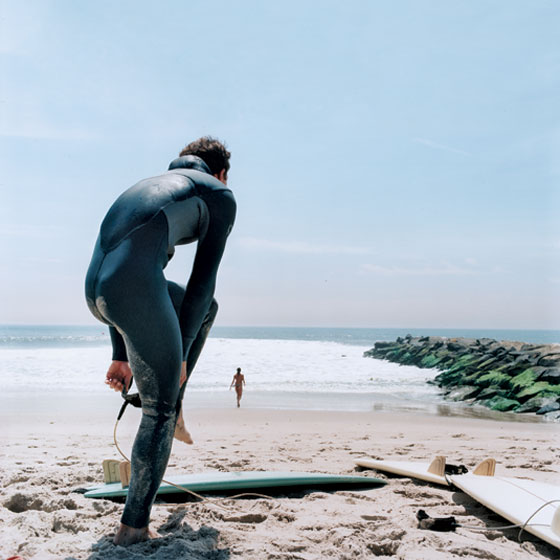BY TYLER HICKS

A malnourished child at Banadir Hospital in Mogadishu, Somalia. More than 500,000 Somali children are verging on starvation.
Photo by Tyler Hicks
Famine is sweeping across southern Somalia and sending a stream of desperate people into Mogadishu. Tens of thousands of children are said to be dying there, and there's not enough help to meet the demand for food and medical care. The Shabab, the Islamic militant group with ties to Al-Qaeda, has made delivery of aid to remote areas, and even to the capital Mogadishu, not only difficult but also unreasonably slow, further reinforcing the crisis.
I was recently on assignment to photograph the crisis in Mogadishu. Just a few miles from where our plane landed I was taken to a refugee camp where hundreds of new arrivals, those who walked there with their belongings – and children – on their backs, waited for help and a place to settle. The sight of foreigners, and their hope that help had arrived, created a steady appeal for help. A bundle under a woman's arm revealed an emaciated child, then another in the same state carried by someone else. I motioned to my camera in an attempt to show I was with the news media and couldn't help them with what they needed: food, clean water, medicine, mosquito nets, shelter.
The worst cases were at the crowded hospital. That's where I found the hardest hit, mostly children, some unable to walk or even sit up, others vomiting and all suffering from dysentery. In the hallway every available surface was used for another sick child. I've seen bad conditions in hospitals, but this was one of the worst. Swarms of flies infested the mouths and eyes of children too weak to move. Their parents spent the day swatting the flies away from them and doing whatever else they could to keep them alive. I photographed a father carrying his lifeless daughter, wrapped in cloth, out of the hospital for burial.
Mogadishu is unsafe for foreigners, and journalists rely on local fixers and security to help do our job. Time on the street is very limited, and you're never left in one place for long before moving. This means you're forced to work quickly, even inside the hospital. I found this frustrating, but I reminded myself to trust our guides and allow them to make those decisions.
In early August, The New York Times ran a front-page photograph of a child who was reduced to the frail framework of a starved body. The image showed the child in a fetal position, arms wrapped around the head, almost in a protective gesture. I could see that this image, however disturbing to view, would give proof of how desperate the situation had become.
I enthusiastically support the image chosen for Page 1. The public reaction was overwhelmingly positive, and a reminder of the impact The Times can generate – not only among our readers, but also among other news media organizations and humanitarian aid groups. This is an example of the raw, unfiltered definition of news photography. It doesn't happen every day, and it might not come your way in the course of a year. But sometimes you land on a story, a cause, something that has meaning to you, and the resulting photographs have an impact. They are seen and spur reaction. In a digital age, that's when you're reminded of the impact that a still, motionless photograph can have.


